- Home
- Foot & Ankle Conditions
- Arthritic Conditions
- Hallux Rigidus
Arthritic Conditions: Big Toe Arthritis (Hallux Rigidus)
- Published 11/1/2017
- Last Reviewed 5/15/2024
In this video, we discuss Big Toe Arthritis and the advanced treatment options available at UFAI.
What's hallux rigidus?
Also known as big toe arthritis, hallux rigidus is a form of degenerative arthritis that affects the joint at the base of the big toe.
This condition often leads to stiffness, swelling, and pain in the affected joint, particularly during activities that require bending of the toe
- Hallux limitus vs. hallux rigidus: what's the difference?
- What are the symptoms of hallux rigidus and hallux limitus?
- What are causes and risk factors of hallux limitus and hallux rigidus?
- How is hallux limitus and hallux rigidus diagnosed?
- Non-surgical treatments for hallux rigidus
- Surgical options for hallux rigidus
- UFAI offers the most advanced treatment for big toe joint pain and hallux rigidus
- Frequently Asked Questions about Hallux Limitus
- Can hallux rigidus cause knee or back pain?
- Can hallux rigidus cause other problems?
- Can hallux rigidus cause plantar fasciitis?
- Can you run with hallux rigidus?
- How to prevent hallux rigidus?
- What are the best shoes for hallux rigidus?
- Will orthotics help big toe arthritis?
- Do you use the Hemi joint implant for hallux ridigus treatment?
20,872 Total 1st Party Reviews / 4.9 out of 5 Stars
 The Dr. was great, did not rush through the appointment and took time to explain.Tracy B.
The Dr. was great, did not rush through the appointment and took time to explain.Tracy B. Not only are the doctors the best, but all support members are helpful, competent, friendly and and do all possible to make one...Virginia R.
Not only are the doctors the best, but all support members are helpful, competent, friendly and and do all possible to make one...Virginia R. Really liked the doctor and received great service.Linda L.
Really liked the doctor and received great service.Linda L. I like the early appointments.
I like the early appointments.
Entire staff is the best!Tom D. Glad to have another podiatrist in town!Joyce M.
Glad to have another podiatrist in town!Joyce M. Great experience the doctor and staff are so sweet and care for your wellbeing.Nancy C.
Great experience the doctor and staff are so sweet and care for your wellbeing.Nancy C. Right before surgery, everything was going well until the nurse who was taking care of me had a cough and sent another nurse to...Claudine D.
Right before surgery, everything was going well until the nurse who was taking care of me had a cough and sent another nurse to...Claudine D. I did wait for an hour on arrival and was told to be there 30 mins before the appointment. In the future a phone call ahead of...Jeremy I.
I did wait for an hour on arrival and was told to be there 30 mins before the appointment. In the future a phone call ahead of...Jeremy I. How the front desk staff treats you is a preview of how your visit will go. And even though they were very busy this Monday mor...Peter C.
How the front desk staff treats you is a preview of how your visit will go. And even though they were very busy this Monday mor...Peter C. Dr. Naei is very professional, thorough and patient, the staff are amazing and the clinic is well organized and clean.Suheil S.
Dr. Naei is very professional, thorough and patient, the staff are amazing and the clinic is well organized and clean.Suheil S. everyone was polite, concerned and professional.Gregory N.
everyone was polite, concerned and professional.Gregory N. No More pain in My feet Nor pain meds Needed Since I Became a Patient here!!!Kassaundra K.
No More pain in My feet Nor pain meds Needed Since I Became a Patient here!!!Kassaundra K.
-
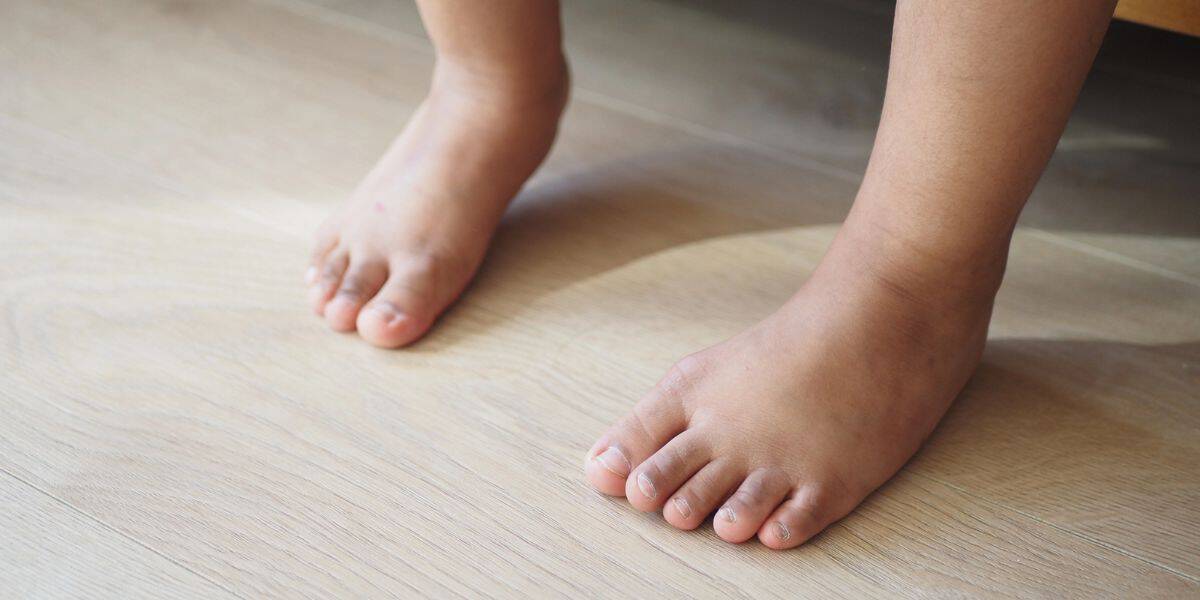 Listen Now
Pediatric Bunion Surgery
Read More
Listen Now
Pediatric Bunion Surgery
Read More
-
 Listen Now
How To Tell If You Have Wide Feet
Read More
Listen Now
How To Tell If You Have Wide Feet
Read More
-
 Listen Now
Bunion Surgery for Athletes: Can We Make It Less Disruptive?
Read More
Listen Now
Bunion Surgery for Athletes: Can We Make It Less Disruptive?
Read More
-
 Listen Now
15 Summer Foot Care Tips to Put Your Best Feet Forward
Read More
Listen Now
15 Summer Foot Care Tips to Put Your Best Feet Forward
Read More
-
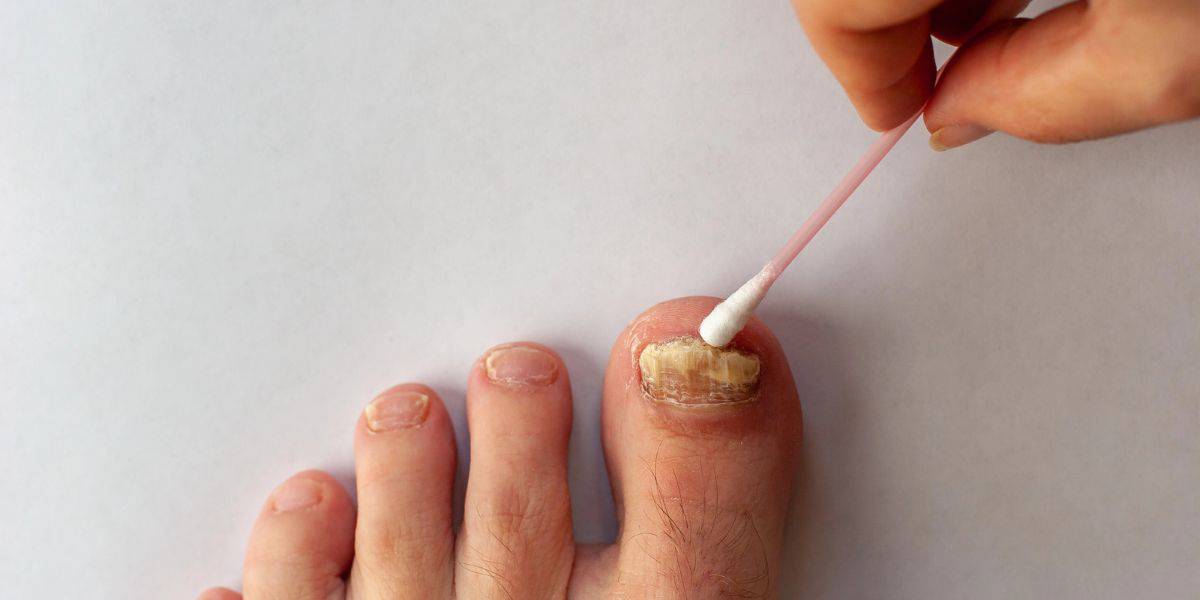 Listen Now
What To Do When Your Toenail Is Falling Off
Read More
Listen Now
What To Do When Your Toenail Is Falling Off
Read More
-
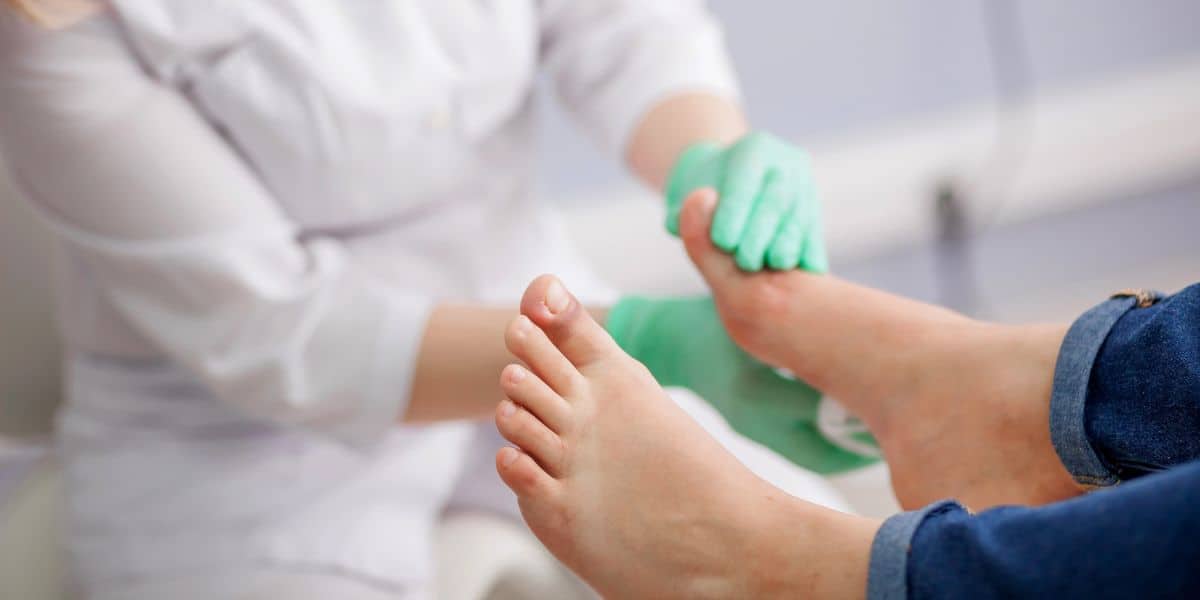 Listen Now
Non-Surgical Treatment for Plantar Fasciitis – What Are Your Options?
Read More
Listen Now
Non-Surgical Treatment for Plantar Fasciitis – What Are Your Options?
Read More
-
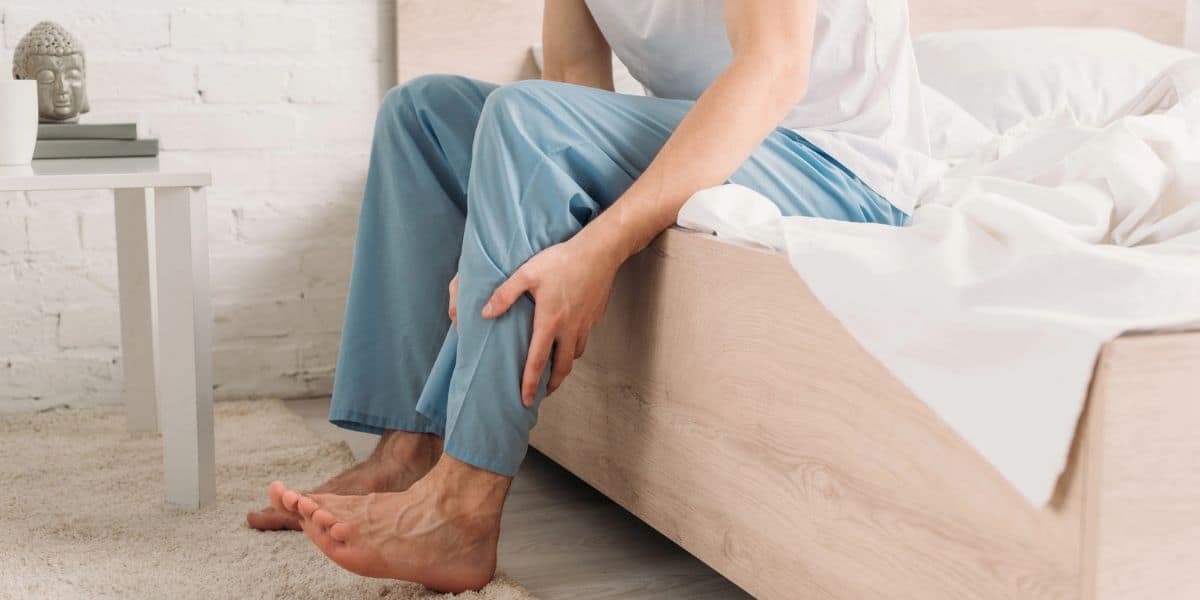 Listen Now
What Are Shin Splints?
Read More
Listen Now
What Are Shin Splints?
Read More
-
 Listen Now
Bunion Surgery for Seniors: What You Need to Know
Read More
Listen Now
Bunion Surgery for Seniors: What You Need to Know
Read More
-
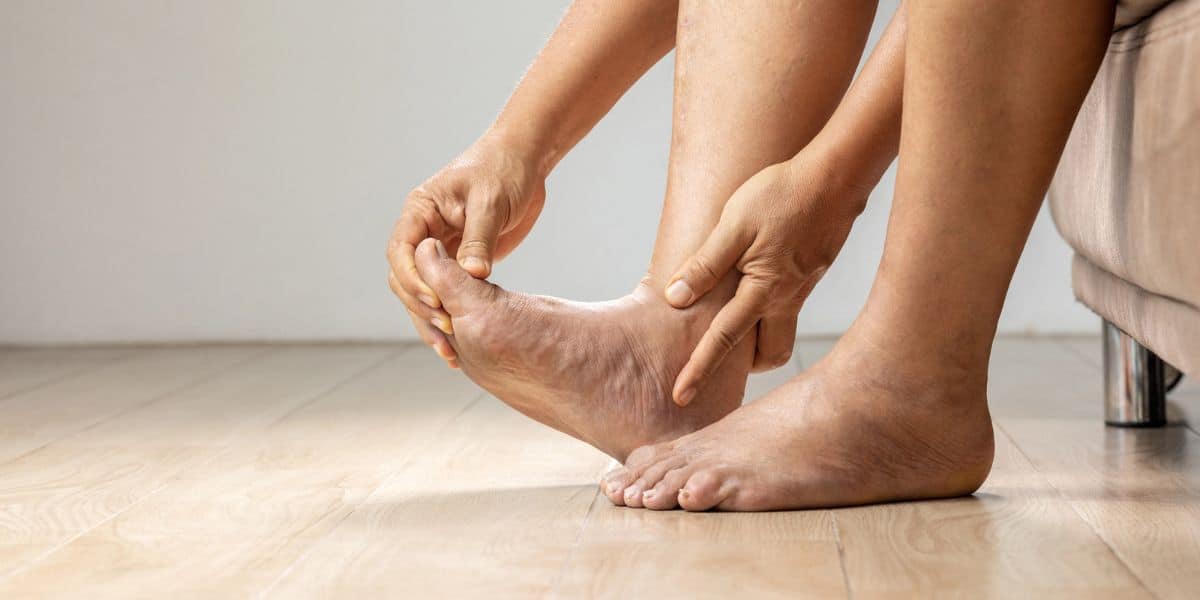 Listen Now
Top 10 Non-Surgical Treatments for Morton's Neuroma
Read More
Listen Now
Top 10 Non-Surgical Treatments for Morton's Neuroma
Read More
-
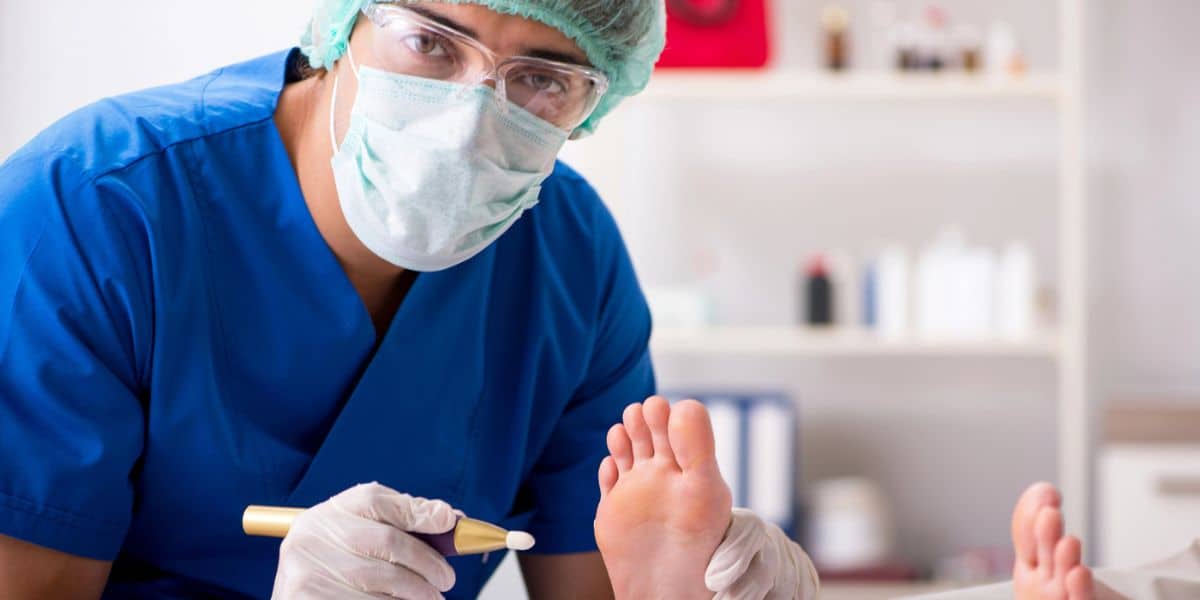 Listen Now
Should I See a Podiatrist or Orthopedist for Foot Pain and Ankle Problems?
Read More
Listen Now
Should I See a Podiatrist or Orthopedist for Foot Pain and Ankle Problems?
Read More
-
 Listen Now
Do Blood Pressure Medicines Cause Foot Pain?
Read More
Listen Now
Do Blood Pressure Medicines Cause Foot Pain?
Read More
-
 Listen Now
Is Bunion Surgery Covered By Insurance?
Read More
Listen Now
Is Bunion Surgery Covered By Insurance?
Read More
-
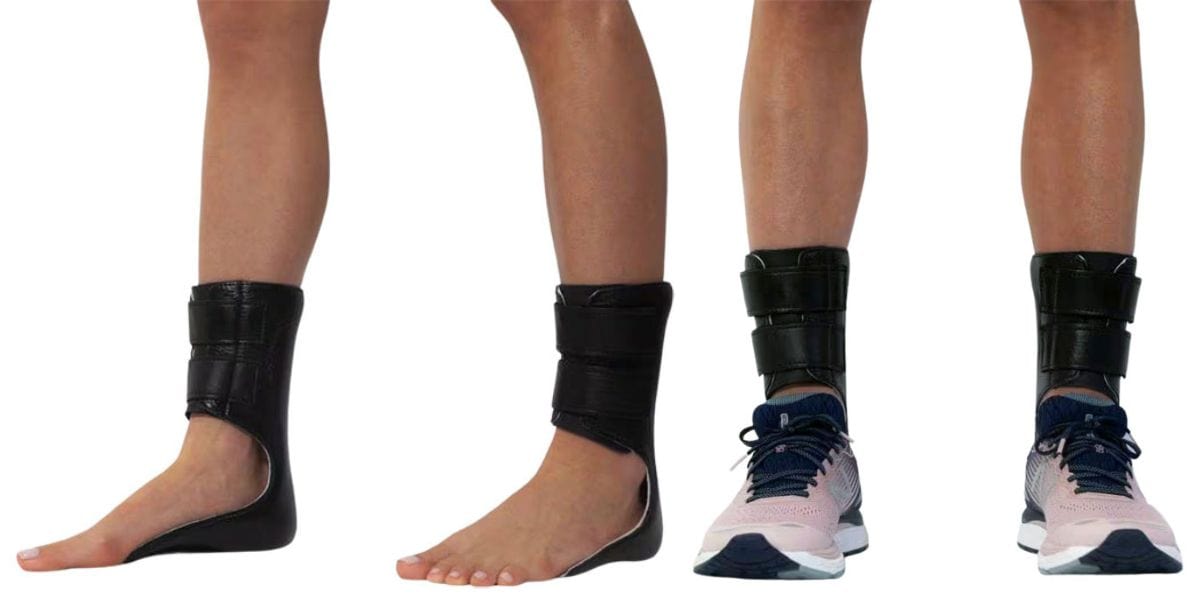 Listen Now
Moore Balance Brace: Enhance Stability and Prevent Falls for Better Mobility
Read More
Listen Now
Moore Balance Brace: Enhance Stability and Prevent Falls for Better Mobility
Read More
-
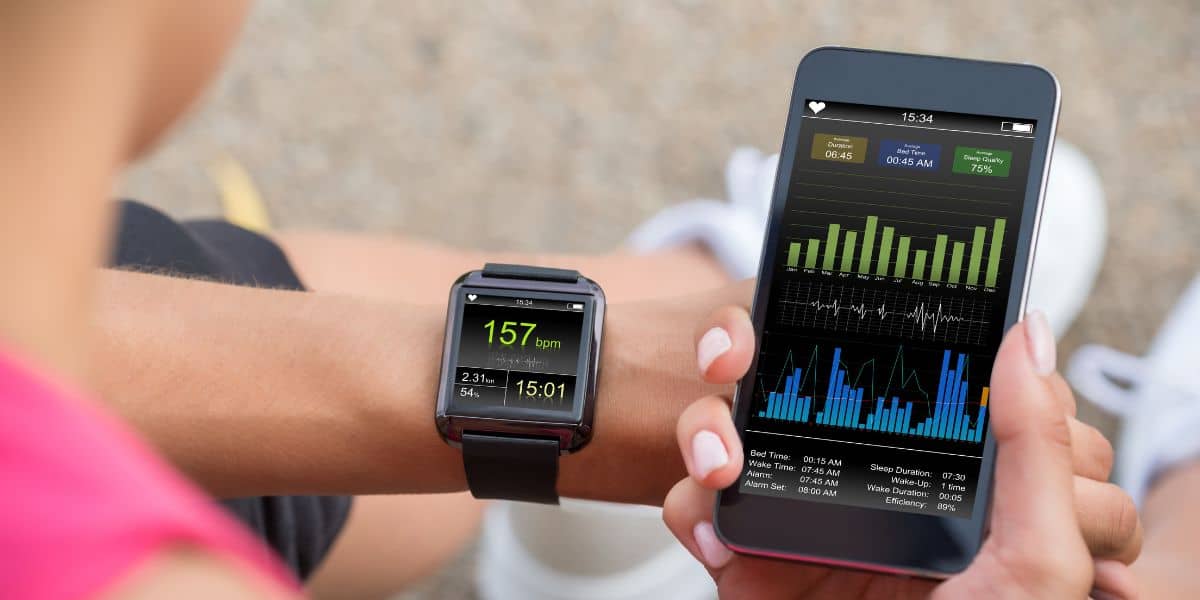 Listen Now
How Many Steps Do I Need A Day?
Read More
Listen Now
How Many Steps Do I Need A Day?
Read More
-
 Listen Now
Swollen Feet During Pregnancy
Read More
Listen Now
Swollen Feet During Pregnancy
Read More

















